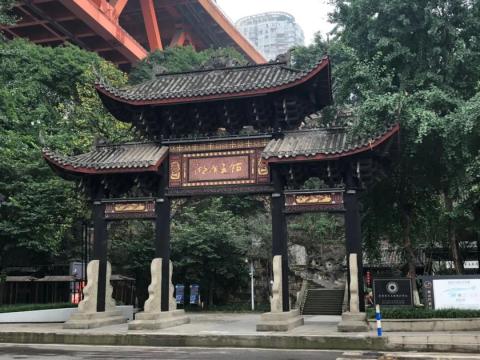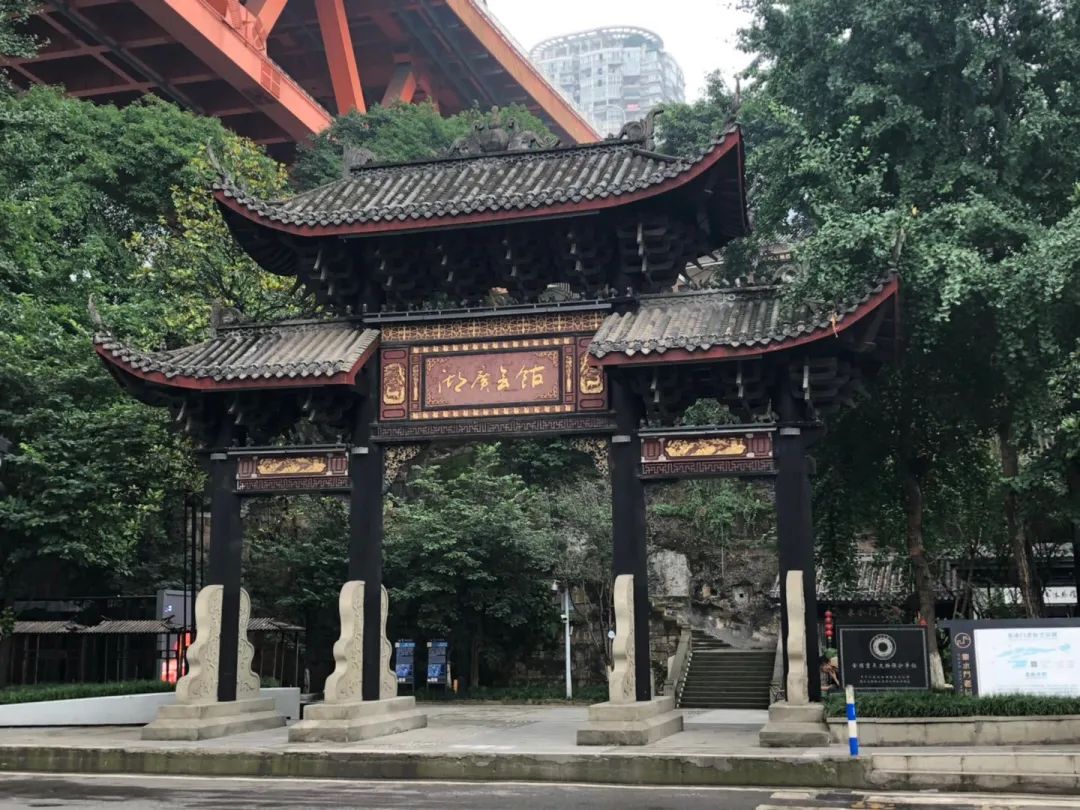





Sichuan experienced successive wars and social chaos in the late Ming and early Qing dynasties. Ever since a large-scale civil uprising broke out in the fourth year of Zhengde in the Ming Dynasty (1509), society has been in turmoil. Especially during the White Lotus Sect uprising in the second year of Tianqi (1622) in the late Ming Dynasty, wars continued. Zhang Xianzhong, the leader of the peasant uprising in the late Ming Dynasty, entered Sichuan five times and established the Daxi regime in 1644. After that, there were continuous large-scale wars: the remaining Daxi army resisted the Qing Dynasty, the remaining Ming army resisted the Qing Dynasty, and the San Francisco Rebellion (1673- 1681) etc. It was not until the 20th year of Kangxi (1681) that the San Francisco Rebellion was put down, ending more than half a century of turmoil. The long-term war caused serious population loss in the upper reaches, so much so that in the early Qing Dynasty, "a small household was as rare as a morning star". So in the 16th year of Shunzhi in the Qing Dynasty (1659), the Qing government began to organize large-scale immigration of people to Sichuan. From this year to the 21st year of Kangxi (1682), the Qing government basically regarded land reclamation as the primary purpose of immigration. Therefore, these more than 20 years were the "Huguang filling in Sichuan" in the early Qing Dynasty. This is an extremely important immigration wave in the history of human immigration - the Huguang-Sichuan immigration movement. The process of this immigration movement had a huge impact on the future cultural and economic life of Sichuan and Chongqing regions.

At that time, the Huguang Guild Hall was the most prosperous among the "Eight Guild Halls and One Hall" in Chongqing. They are Shaanxi Guild Hall, Fujian Guild Hall, Jiangxi Guild Hall, Jiangnan Guild Hall, Guangdong Guild Hall, Huguang Guild Hall, Shanxi Guild Hall, Zhejiang Guild Hall and Yungui Guild Hall, among which Jiangxi Guild Hall and Huguang Guild Hall are the largest.


Due to the development of immigration and production, the population increased, and local towns and villages began to recover. "Gradually they were attracted, people were everywhere, tobacco households increased, towns and farmhouses were built, cocks and dogs barked, and the sound was heard in the fields." By the time of Yongzheng, "the vitality of Sichuan was restored and the number of people was increasing day by day." Most of the immigrants had an entrepreneurial spirit and were able to endure hardships and stand hard work. A large number of immigrants settled and gradually became indigenous people, forming the main body of Western Sichuan society and promoting the socio-economic reconstruction of Western Sichuan. Therefore, there is a saying in history that "Huguang fills in Sichuan". In fact, in addition to the two lakes, there are also many immigrants from other provinces. A large number of immigrants from Jiangxi also settled in Sichuan, where they multiplied and reorganized their own society in a foreign land.


While living abroad, due to their feelings for the native land and the need to compete for survival, immigrants established their own social organizations to safeguard their own interests, and guild halls were its main form. Immigrants generally built buildings such as ancestral halls, temples, palaces, and halls to worship their respected gods or sages. The guild hall is an important place for social activities for people of the same nationality, and plays a role in connecting feelings and exchanging information. Members generally gather quite frequently, dozens or even hundreds of times a year, and there are also specific general banquets, celebration days, etc. The main purpose of establishing the guild hall at first was to enable immigrants far away from home to help each other, but later in some areas it gradually developed into an institution that has considerable influence on politics, religion, and society. The chief minister or guest manager of each guild has official contacts with local officials, participates in local tax collection, protection, firefighting, team defense, team training, major debt settlement, poverty relief, grain accumulation, relief, management of orphanages and nursing homes, and engages in charity. wait.


In the 1980s, Chongqing was undergoing large-scale old city reconstruction, and the area where the Huguang Guild Hall is located should be demolished as a whole.
Fortunately, although the Huguang Guild Hall was in dilapidated condition at that time, its cultural and historical value was recognized and eventually preserved.
